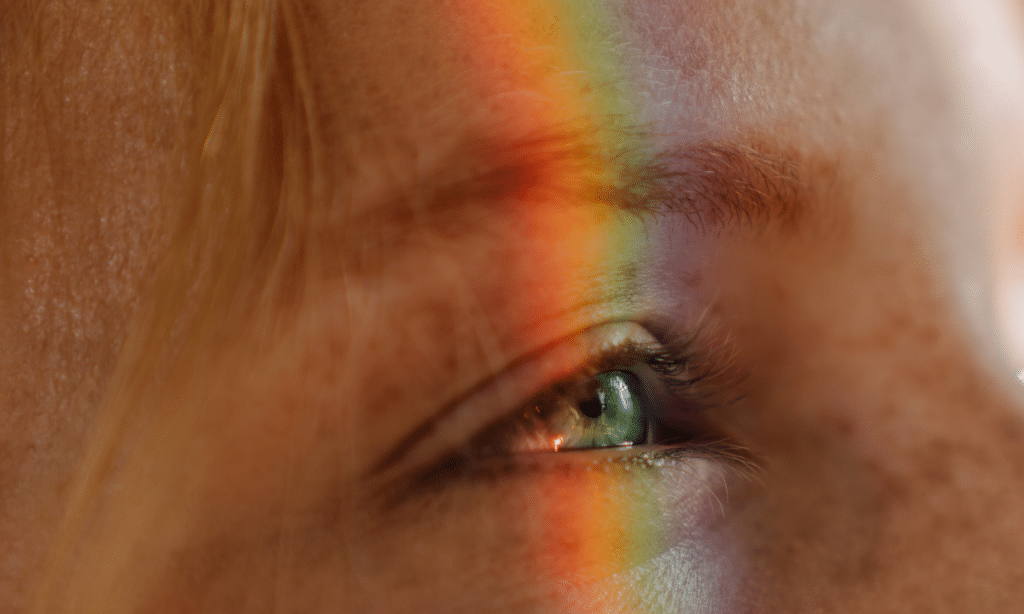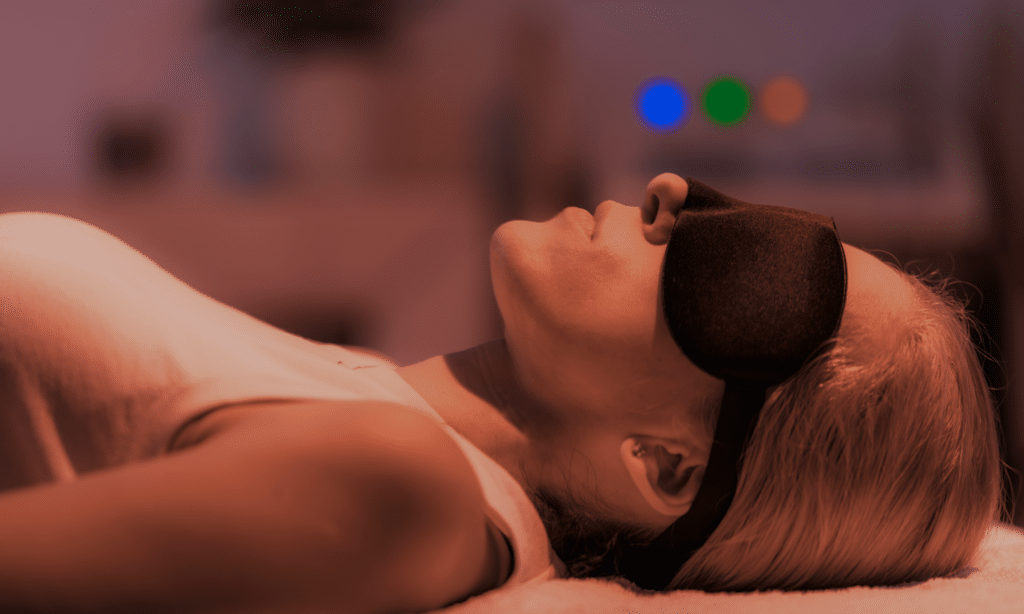Feel Lifted
Looking to microdose and macrodose to improve your mood? Get started with this bundle. .
Use code SUMMERSOLSTICE for 15% off
Use code SUMMERSOLSTICE for 15% off
Use code SUMMERSOLSTICE for 15% off
Use code SUMMERSOLSTICE for 15% off
Use code SUMMERSOLSTICE for 15% off
Use code SUMMERSOLSTICE for 15% off
Use code SUMMERSOLSTICE for 15% off
Use code SUMMERSOLSTICE for 15% off
How To Be a Good Trip Sitter

A trip sitter is a sober person who helps supervise and support someone’s psychedelic experience. Also known as a sober sitter or spotter, trip sitters ensure the user’s safety and is there to support physically and emotionally during a psychedelic journey. Whether it’s a steady hand helping them to the bathroom door, or a compassionate ear while they work through some heavy emotions, the trip sitter is there to make the tripper feel safe, supported, and comfortable with whatever comes up for them.
A trip is an experience with psychedelic drugs – basically you’re taking a “trip” away from reality and into your subconscious mind or soul, depending what you believe.
A psychedelic trip can be very unpredictable – you may have a beautiful, easeful experience with no hiccups or hardships or you may have an extremely emotional, sometimes scary foray into your past traumas. Both can be incredibly healing, however the latter will likely need more support to make sense of the experience, let you know you’re safe, remind you this is normal, and that you are not alone in this experience. Having a person there for whatever you need can make all the difference.

Your main role is to “hold space” – being there as a supportive, calm, and non-judgemental presence without interfering or getting involved. Psychedelics make you very sensitive to the energies around you, so it’s important to stay calm and centered and not allow yourself to be affected by the tripper’s experience. If you’re feeling triggered by their experience, try some deep breathing to bring yourself back to center – a sharp tone or an annoyed comment can send a tripper in a dark direction.
Unless the tripper expressly asks to talk, try to stay quiet and allow them to receive the lessons and healing the mushrooms have to offer. If they want to share their experience with you, your role is simply to listen with love, supply tissues through tears, hold their hand or rub their back if they want it, but don’t offer advice or opinions. You’re not there to steer or guide their experience, but only to keep them safe and comfortable while the mushrooms work their magic.
If they want to be left alone, that’s ok too – just stay within hearing distance and check on them periodically to make sure they’re ok.
Besides holding space, a trip sitter is there to assist the journeyer with whatever they need – changing the music, grabbing a blanket, turning down the temperature, getting water, dimming the lights, or helping them walk to the bathroom (this can be a big challenge in a psychedelic state).
You’re also there to help in case of an emergency – should anything go awry, the trip sitter is responsible for getting help and ensuring the tripper’s safety – sometimes known as harm reduction. While psilocybin is generally very safe, there are risks and it’s better to be prepared.
It’s essential that you’re there for the entire experience – of course, eat or go to the bathroom when you need to, but don’t leave the journeyer until they’ve fully completed and come down from their journey. A typical psilocybin journey takes about 6 hours but this can vary.
After the journey, you’ll want to provide healthy snacks and water to replenish their energy and help ground them. Have this prepared beforehand so you can bring it out when the trip has concluded. Fruit, crackers, popcorn, veggies, and dark chocolate are all great options.
The tripper won’t be able to drive after psychedelic drug use, so the trip sitter is there to either drive them home or arrange safe transportation.

For the best experience possible, preparation is key. Make a plan together – discuss their intentions for their journey, their expectations of you, their boundaries (do they want you to hold their hand when things get tough?), and the environment they’d like. Set and setting are essential to a meaningful journey and usually includes a comfortable, serene environment with a bed or mattress where their journey takes place, a blackout eye covering to allow them to go inwards, and music chosen specifically for psychedelic experiences. Discuss whether they’d rather prepare the space themselves or if they’d like you to handle it and what they’d like for comforts. Some journeyers like to bring their own pillow/blanket/mementos to help them feel comfortable and help guide their journey. The less uncertainty, the more the tripper can fully surrender to the experience and reap all the benefits and wisdom that psychedelic drugs have to offer.
If you have experience with psychedelics, it’s helpful to run through what they can expect in their journey – every trip is different but providing some context on what they could feel is helpful so they’re prepared. Reassure them you will be there to support them in any way they might need.
And for your own preparation, even if you have psychedelic drug experience of your own, it’s helpful to do some research to find out all the possible scenarios and sensations that can take place. Once you know the wide range of potentials, you can not only reassure the tripper that their experience and/or sensations are normal, but you won’t get anxious or concerned with a surprise situation you’ve never encountered.
Want to learn more about other people’s psychedelic experiences? Read a few first-hand accounts of psychedelic journeys from psychonauts in our community.

Once the journey is finished, integration begins. This simply means listening to the tripper’s experience and allowing them reflect on any learnings or insights. Again, your role is simply to hold space and allow them to work things out themselves with you there as a compassionate presence.
Once the tripper returns home, encourage them to create a supportive, calm, happy environment for themselves – that means having a clean, cozy home to return to with healthy snacks, maybe some relaxing music, a hot bath, and whatever else feels supportive to them. Having this all (minus the bath) prepared ahead of time is helpful so they can simply relax and enjoy when they return.
Psilocybin boosts neuroplasticity in the brain for months after a journey, meaning the brain can more easily learn and change in response to new experiences and learning. Essentially, the brain is like a sponge and is very receptive to what it’s exposed to. So, that post-journey window is a powerful time to build the environment, beliefs, thought patterns, and behaviours that are in alignment with the life they want. This process can be helped along with the support of a therapist or a trained facilitator, but if that isn’t accessible for them, discuss if they’d like you to be available for support calls after the experience.
Learn more preparation, dosages, integration, and set & setting in our comprehensive guide to microdosing.
The truth is: there’s no such thing as a “bad trip” – every psychedelic experience has something to teach us and the more challenging trips are often the most powerfully transformative experiences when they are surrendered to. As a trip sitter, your job is to encourage the tripper to lean into the difficulties – whether that be unpleasant emotions or traumatic memories, the mushrooms are bringing them up for a reason. The healing can only happen when we can relax, surrender to the medicine, and trust in the experience – no matter how difficult it may be to face.
If the person is struggling, simply be there as a calming presence – offering tissues, holding their hand, and listening to them if they want to talk. If they feel afraid or worry they’re losing their mind, just remind them they took mushrooms, what they’re experiencing is normal, and it will all wear off soon. Reassure them that many people go through this, you are there for them, and they are safe.
If the tripper is finding it too difficult to sit with the experience, you can try a few different strategies to help them cope:
Help them connect with their breath – inhaling through the nose for 3 seconds, and exhaling for 6 seconds. This can bring them back into their body and slow down their heart rate to calm them down.
Go for a walk – sometimes movement and a slight change of position can be very helpful to take them out of their panic. Walking outside (or even inside) barefoot can be very helpful to ground them, and dancing or shaking can help to release heavy emotions they aren’t ready to face.
Change the music – music is incredibly helpful to guide us through emotions and experiences in a journey, and sometimes simply switching the song can remove someone from a dark place and lighten their mood.
While the goal is to surrender to whatever comes up, sometimes it can be too much and these strategies can help the tripper feel safe enough to go back into the medicine.
No matter what the journeyer is going through, remain calm and don’t panic – even if the sitter is projecting their heavy emotions or negative experiences onto you. Trip sitting can be challenging in these situations, but just remember, this is only temporary and your job is to help them feel safe to face whatever comes up for them. Don’t try to fix anything or give advice or opinions – just stay outwardly relaxed and reassuring, reminding them this is normal, they are safe, and you are here to support. If you’re offering your trip sitting services, ask yourself honestly if you are able to hold space in this way – if you’re going through a tough time yourself or are feeling easily triggered, now might not be the time to trip sit.

While many people choose a friend or family member to trip sit for them, your trip sitter choice can vary widely depending on the situation. Some users undertake their journey in their own home while others undergo their psychedelic experience in a professional setting or clinical research facility, while still others trip during a psychedelic therapy session.
So, a trip sitter can be anyone from a psychologist or mental health professional, to a psychedelic facilitator, an experienced psychonaut, or a friend or family member. The main criteria: the person should be familiar with psychedelics and their effects, be available for the entirety of the trip, be sober, compassionate, and willing to listen, be able to handle potentially intense experiences and emotions, and know when to call for professional medical assistance. The more experienced the facilitator, the better. And ideally, they will be experienced handling difficult emotions and able to separate themselves from the experience without getting pulled in or triggered.
If you’re planning on taking a high dose of magic mushrooms, we recommend having a trip sitter to ensure your safety and support you both physically and emotionally during your journey.

Learn more about psilocybin journeys in our Guide to Macrodosing and browse our selection of sustainably harvested golden teacher mushrooms in either Microdose Capsules or Magic Mushroom Chocolate.